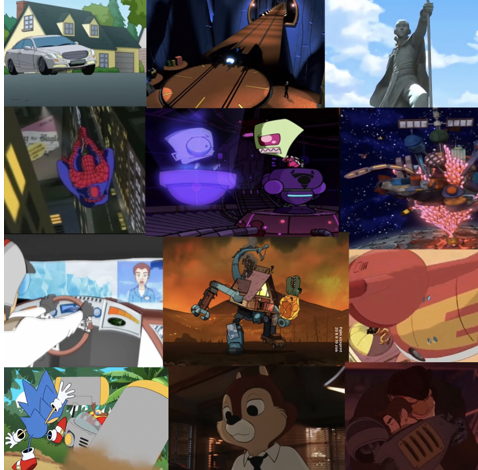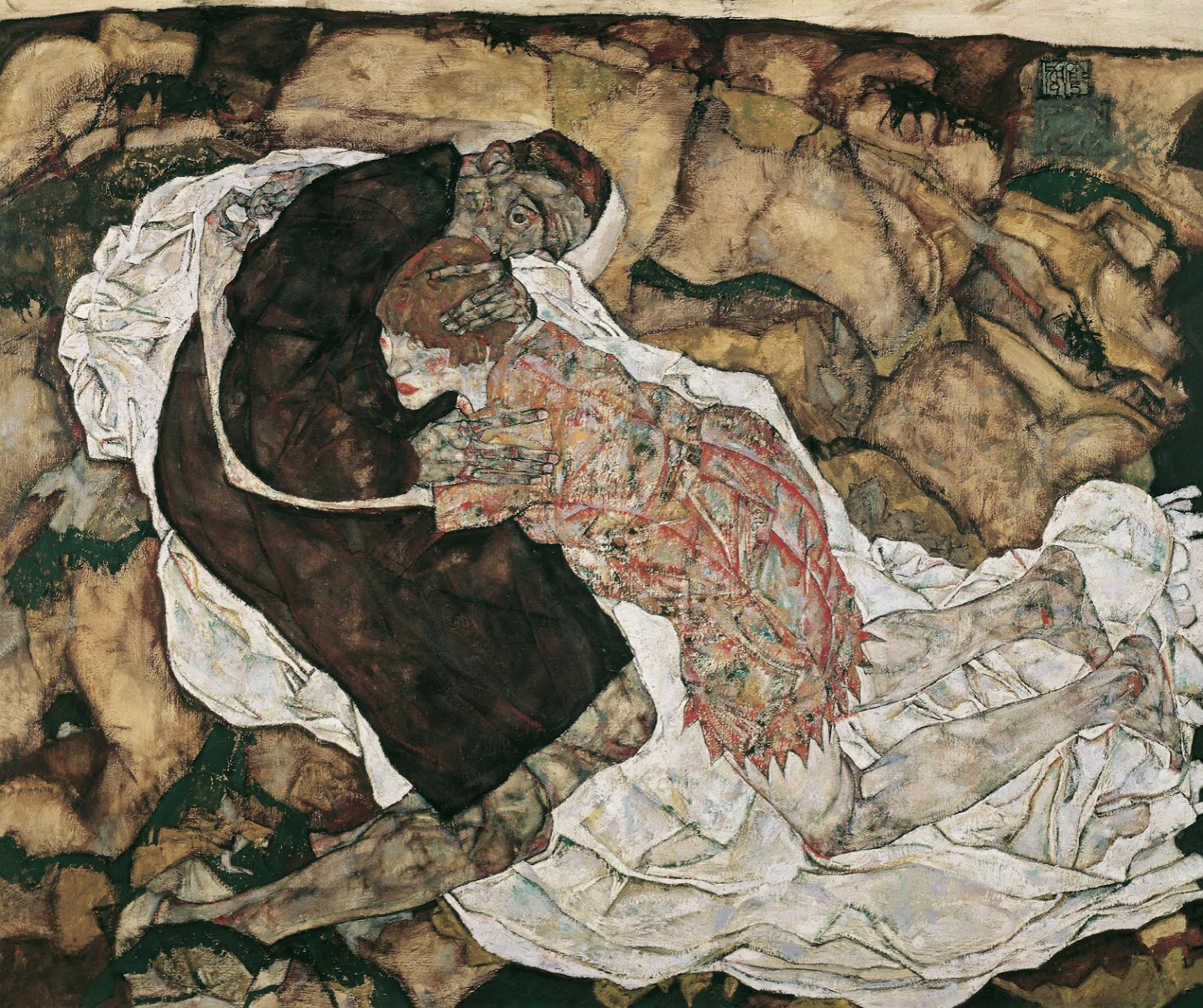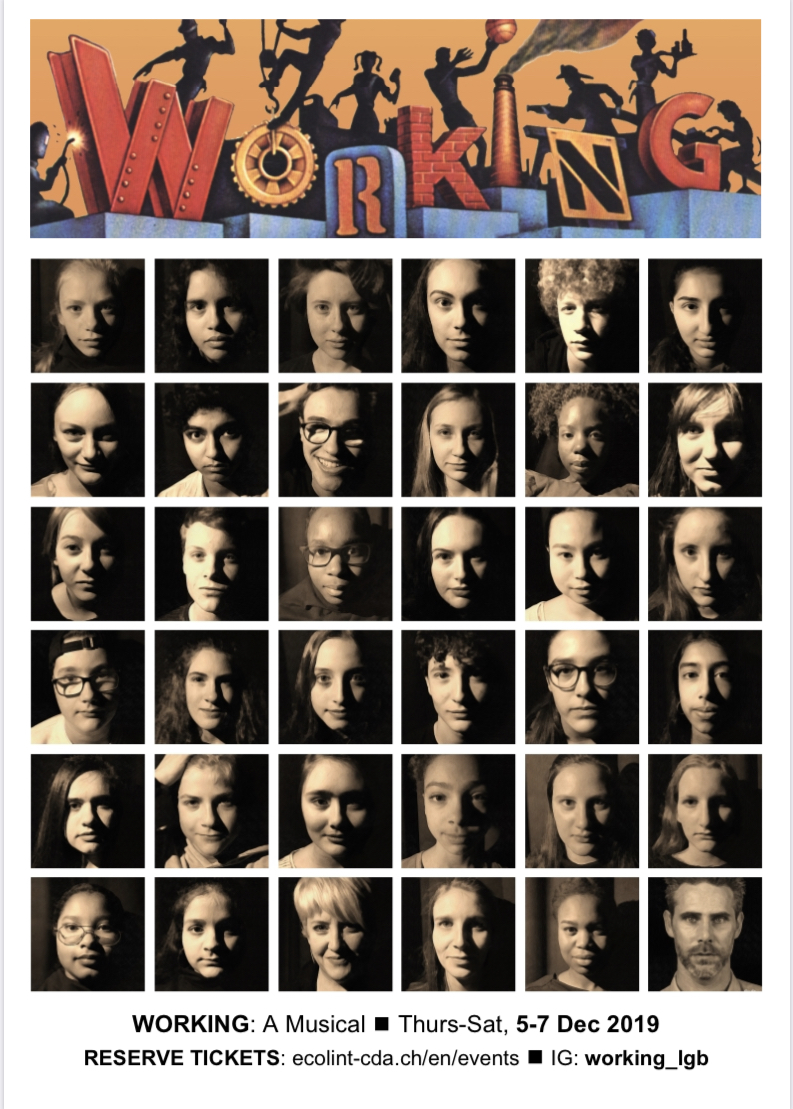Animation is a medium used to tell stories on our screens, using many different art and animation styles. It has been that way for over 100 years, it has remained that way for over 100 years, and it will remain that way until the end of time…
Well, that is until AI is no longer available, and by that point, humanity will have become too lazy and overly reliant on technology to know how to animate or do anything by itself.
Animation has gone through a lot of changes and evolution over its lifespan. From 2D cartoons on animation cells, to rotoscoping, digital animation, 3D, rigged 2D, and more.
One remarkable way of animating is “mixed styles”. Cartoons can mix multiple animation styles, for a variety of reasons, and have been for around 30 years now.
Have you ever wondered why that is the case? Why do 2D cartoons sometimes use 3D in their animation?
Short answer is money. Long answer is this entire article. (The content, not its existence).
3D animation is conceptually simpler than 2D animation in some cases, and it can make animating a lot easier. To go more into detail, here is an explanation of the process of 3D animation* and 2D animation, and a comparison of the two.
*(Note: A lot of people tend to say “animation” when referring to art style. To make the difference clear: Animation is the motion of things, and the way they move, whether it be rigged, frame-by-frame, stop motion, etc. It is not how things look on their own in stills, how characters are designed, or the color palette. Those would be part of the art style.)
3D animation consists of rigging models like puppets. Animators make 3D models, usually based on 2D concept art. Once a model is made, along with the background, the animation essentially consists of twisting an action figure around. And the camera makes filming from angles even easier than in real life.
2D animation done frame-by-frame is the earlier animation style. Animators would physically draw pieces of the animation onto transparent paper/animation cells, put them on top of backgrounds that are also physically drawn, and scan the result on a computer. This process would be repeated for each frame. By showing each frame following the other, at commonly 24 frames per second, a 2D animation is created.
It could also eventually be done on computer more easily, along with rigged 2D, which consists of animating characters like puppets.
The reason 2D cartoons implement 3D into their scenes is that it makes animating a lot easier, cheaper, and less time consuming. 2D animation has its limitations, since frame-by-frame cartoons have to individually draw everything one at a time, while making sure everything is on model and placed correctly, which aren’t the easiest things to do, not to mention the problems caused by forgetting these things.
If something is too hard, long, or expensive to animate in 2D, animators just use 3D.
Rigged 2D can take care of some of the frame-by-frame problems, but neither can avoid difficulties when it comes to more ambitious shots, such as backgrounds or big structures moving.
To sum up, 3D is basically like playing with action figures, while 2D (frame by frame) is like if instead of having articulations, action figures were sold 50 at a time, with each figure having slightly different poses. When playing, you had to change the figure every 2 seconds.
For clarification, let’s compare some difficult-to-animate shots:
For shots with a moving background (rotating, or zooming in or out), decide which is easier:
Drawing the same background a bunch of times, all while changing the point of view a little bit every time, doing the same for whatever isn’t part of the background, making sure everything moves the same amount in relation to each other, and in some cases also make some things as characters move, all still rotating. Essentially twisting an action figure around, then using a camera like in real life?
Animators for 2D cartoons can have a 3D-moving background while animating their characters in 2D since that isn’t as hard. Having the background be 3D already saves a lot of resources. An example of this would be buildings during swinging scenes in “Spider-Man: The Animated Series”
If a big detailed structure is moving, for example a giant being, like a detailed robot, it’s usually hard to animate in 2D without forgetting the details. With 3D, no details are forgotten, you just have to play with an action figure, and put it on top of a 2D background (unless it’s moving as well, then everything is 3D). Not to mention how making a 3D model can be easier in that case. For example, The Shacktron in the “Gravity Falls” finale.
In conclusion, the reasons 2D cartoons sometimes use 3D are a combination of cost, time, and/or work.
It must be specified that these aren’t the only reasons for mixed styles. Sometimes, cartoons just mix styles as an artistic choice, such as “The amazing world of Gumball”, “Invader Zim”, and the “Spider-Verse” duology/will be a trilogy once Phil Lord starts treating the animators better, all things that definitely didn’t look short on budget. However, there are also shows that only use it to save money, such as “Kirby of the stars/ Kirby right back at ya!”, and “Speed Racers: The next generation”, as well as basically every anime ever, all examples that fit this article.



